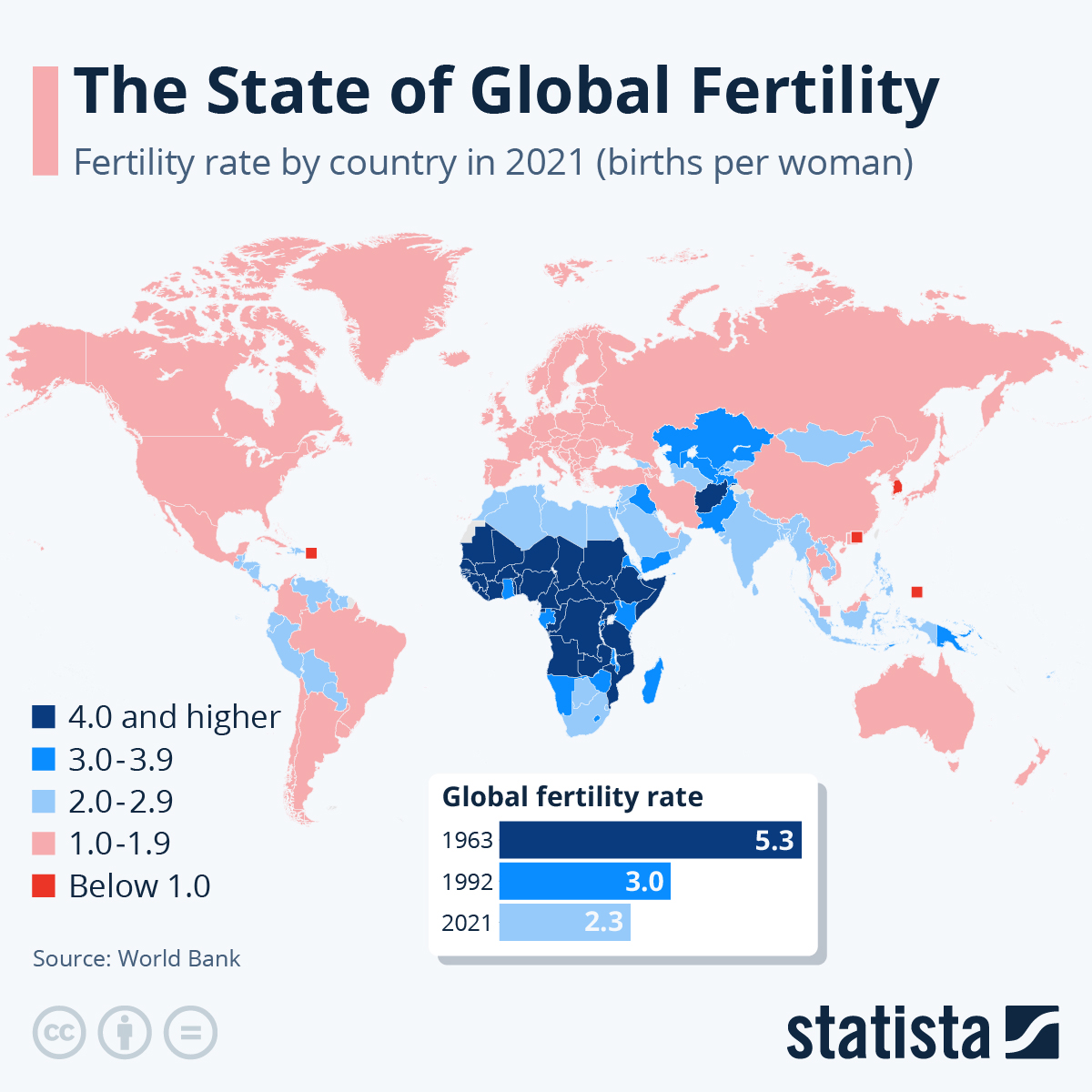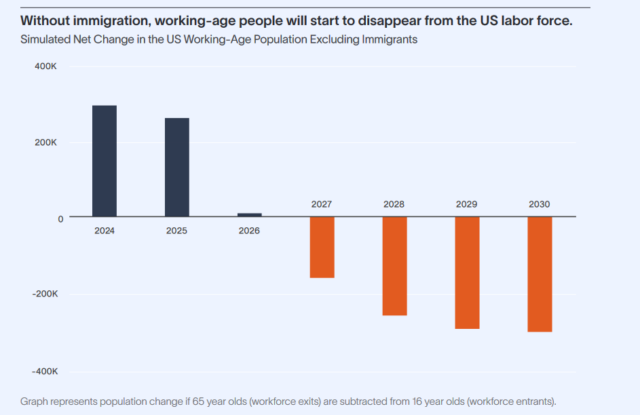Older freelancers lead the market in Europe
In the European Union (EU-27), nearly one in three freelancers is 55 years or older (31.7 percent), making this group more than three times larger than those under 30. Countries such as Sweden (55.1 percent), Germany (47.5 percent), and Ireland (46.9 percent) have exceptionally high percentages of freelancers aged 55 and above. Geert-Jan Waasdorp, founder and director of Intelligence Group, explains:
“In these countries, where traditional full-time jobs are often associated with high status, freelancing can be a final career step or a way to make room for a new generation. This trend is partly driven by an aging population, but cultural factors also play a role.”
In the last decade, freelancers aged 55 and above have increased by 1.4 percent per year, while the growth rate for those under 30 has been slightly faster in the last five years, at 1.7 percent annually. However, the growth in the Netherlands has been slower than average, at just 0.7 percent. In Belgium, the number of young freelancers dropped sharply by 3.8 percent during this period, and similar declines were observed in countries like Bulgaria, Estonia, Latvia, and Slovenia, where the number fell by more than 6 percent. Malta has the highest proportion of young freelancers (14.7 percent), followed by Slovakia, Lithuania, Iceland, and the Netherlands (12.7 percent). Even with these increases, young freelancers still represent a relatively small part of Europe’s workforce.
Stable freelance market across Europe
Currently, Europe has around twenty million freelancers, making up 8.8 percent of the total workforce. While the freelance sector in the Netherlands has grown steadily by at least 1.4 percent annually, the overall percentage of freelancers across Europe has remained primarily unchanged. Countries such as Hungary and Switzerland have shown significant growth, whereas others, like Romania and Germany, have seen a reduction in freelancer numbers. Greece tops the list with the highest share of freelancers, accounting for nearly 18 percent of its workforce, while Norway has the lowest share, at just 3.8 percent. These differences stem from cultural attitudes towards self-employment and tax policies that encourage entrepreneurship in certain regions.
Marion van Happen, CEO of HeadFirst Group, notes:
“These statistics highlight the distinctive position of the Dutch labor market in Europe. This information is valuable for international employers looking to tailor their recruitment strategies and for freelancers who want to understand better the unique characteristics of freelancing in the Netherlands. It also provides policymakers with a broader view of European labor trends, particularly as they relate to freelance regulations.”
Talent Monitor
Are you curious about the latest trends in freelancing across Europe? Download the latest edition of the Talent Monitor, an in-depth report created by labour market data expert Intelligence Group in collaboration with HR-tech service provider HeadFirst Group.
Download Talent Monitor






